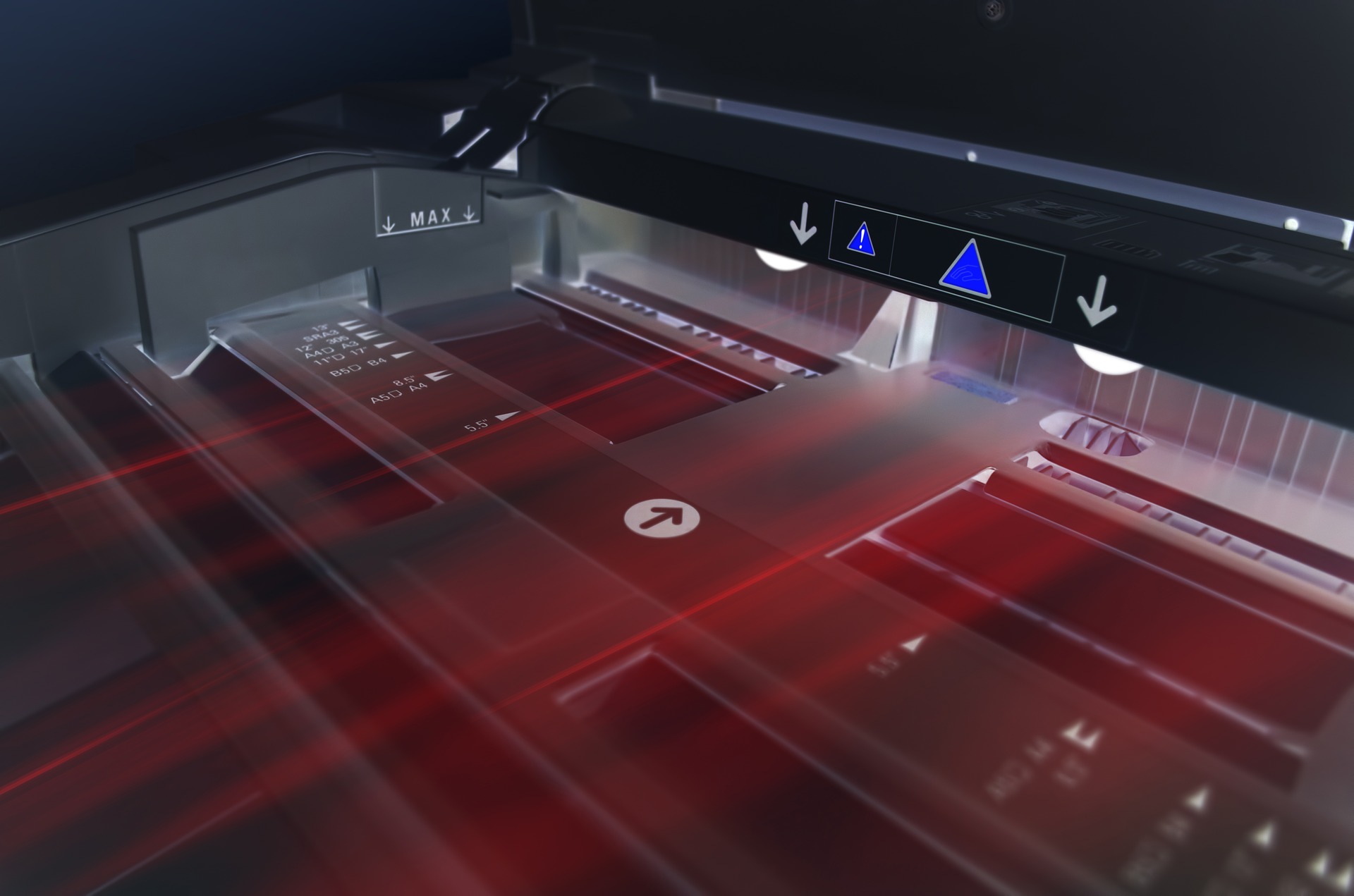The scope of digital printing has widened during the past few years. From large organisations to individual professionals, the printing job knows no bounds. Improved print quality has succeeded in clearing the complexities.
Contents
Fast printing:
Digital tee shirt printing has helped the industry in delivering quicker outcomes. You will find a natural option in digital printing when you are searching for a printing job on clothes or other things. The faster pace does not affect the print quality. Also, you do not need to establish an extra set up. It is quite effective for printing items in bulk.
Great print quality:
Digital printing provides the most advanced printing solution for all. It offers an edge over lithographic printing. It is also a simple option to print your favourite images.
Advanced printing methods:
The printing industry has never experienced such a unique option as that of digital printing. You may choose any type of finish and surface for printing texts or images of your choice. You may print any image on canvas, metallic, and ceramic surfaces.
Return on investment:
Digital printing methods yield a great return on investment. The printing expenses fall as the process consumes less time and ink. Over the past few years, the price of digital printers Stockport offers has even gone down. They have become more compact than before. The manufacturers launch upgraded printers every year.
A large palette of colours:
Most consumers will now find a few extra colours to choose from. Personalising images gets easier for an individual or a company. The colour palette has numerous options for every brand. You may use over 1,800 colour options for creating a personalised image.
Interactive opportunities:
The advent of digital technology has made the printing process more interactive. You must have noticed a few unique ways of using thermal colours for printing. Another revolutionary concept results from interactive QR codes. Professionals participating in the print design process will find the digital methods more interactive.
Unique craft skills:
Your skillset plays a crucial role when you are printing a photograph or design. The technology used in the digital printing world continues to evolve. However, the skillsets are really important for achieving the desired image. These days, you have the extra benefit of consulting online tutorials while working. You may follow a certain step-by-step guide while creating your desired image. It has nothing to do with the material you are using.
The advent of digital printers has improved the option to develop photographs. The new technology helps us in developing clearer and sharper images. It does not create pixilated images. It gives us an indication that it is easier to print photographs on different surfaces. You may apply it to ceramicware for your business. Trying your hand at clothing materials will give you a new look on your birthday. Likewise, you can draw an image on canvas and get it printed for your school project. A good printer will always allow you to explore your imagination and win accolades.
Read Also:























